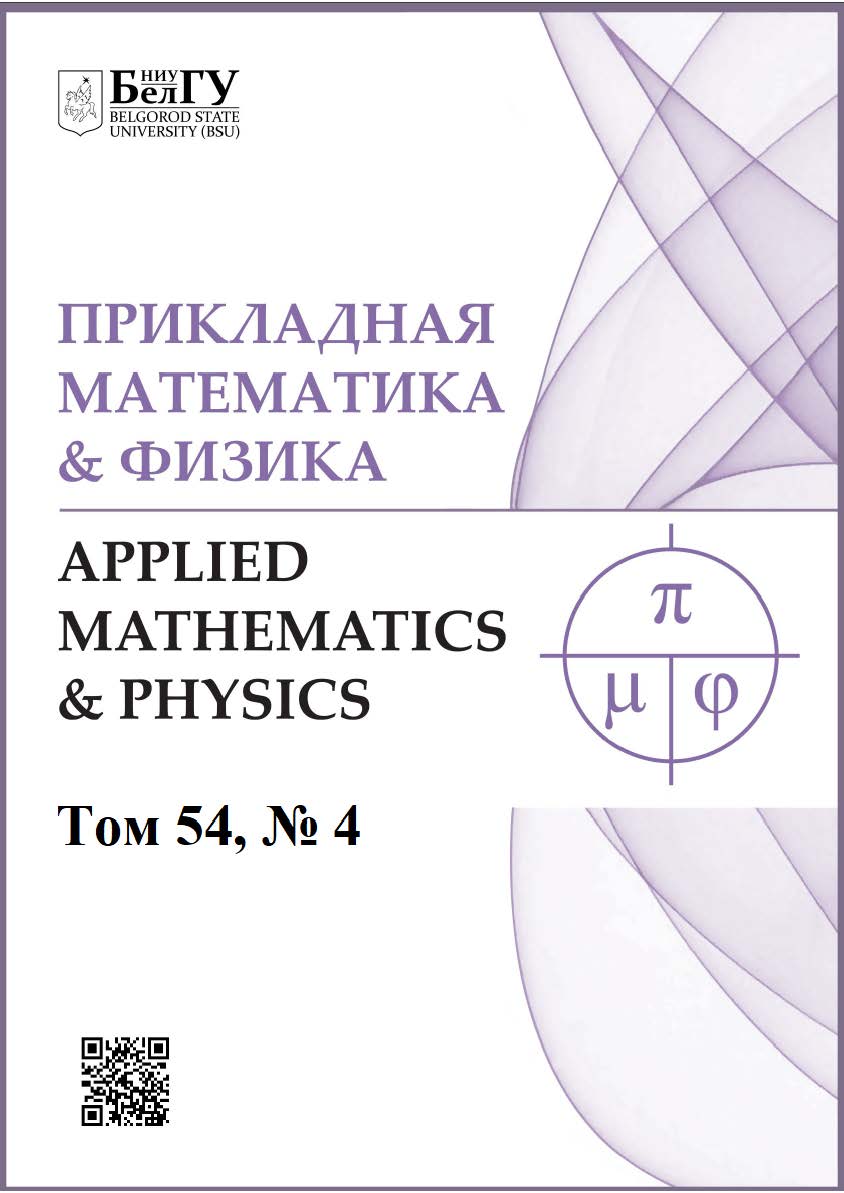EBSD-investigation of Al–Cu–Mg alloy microstructure subjected to friction-stir welding
DOI:
https://doi.org/10.52575/2687-0959-2022-54-4-261-265Keywords:
Friction Stir Welding, EBSD, Abnormal Grain gGowthAbstract
In this work, the relationship between heat input during friction stir welding (FSW) and the microstructure formed in the stir zone of a modern heat-treatable aluminium alloy 2519 was studied. Electron back-scatter diffraction technique (EBSD) revealed that microstructure consists of fine grains. In addition, it was found that grain size does not exceed 2 mkm.
Downloads
References
Goloborodko A. et al. 2004. Friction stirwelding of a commercial 7075-T6 aluminum alloy: Grain refinement, thermal stability and tensile properties. Mater. Trans., 45(8): 2503–2508.
Heidarzadeh A. et al. 2020. Friction stir welding/processing of metals and alloys: A comprehensive review on microstructural evolution. Prog. Mater. Sci., 117: 100752.
Kalinenko A. et al. 2020. Microstructure-strength relationship in friction-stir welded 6061-T6 aluminum alloy. Mater. Sci. Eng. A., 793: 139858.
Meng X. et al. 2021. Recent progress on control strategies for inherent issues in friction stir welding. Prog. Mater. Sci., 115: 100706.
Mishra R.S., Ma Z.Y. 2005. Friction stir welding and processing. Mater. Sci. Eng. R., 50(1-2): 1–78.
PangQ. et al. 2019. Characterization of microstructure,mechanical properties and formability for thermomechanical treatment of friction stir welded 2024-O alloys. Mater. Sci. Eng. A., 765: 138303.
Sato Y.S., et al. 2007. Grain growth phenomena in friction stir welded 1100 Al during post-weld heat treatment. Sci. Tech. Weld. Join., 12: 318–323.
Shah P.H. et al. 2017. Friction stirwelding of aluminium alloys:Anoverviewof experimental findings—Process, variables, development and applications. Proc. Inst.Mech. Eng. Part L: J. Mater. Des. Applic., 6: 1464420716689588.
Threadgill P.L. et al. 2009. Friction stir welding of aluminum alloys. Int. Mater. Rev., 54: 49–93.
Yuan S. J., et al. 2012. Formability and microstructural stability of friction stir welded Al alloy tube during subsequent spinning and post weld heat treatment. Mater. Sci. Eng. A., 558: 586–591.
Wang S. C., Starink M. J. 2005. Precipitates and intermetallic phases in precipitation hardening Al–Cu–Mg–(Li) based alloys. Int. Mat. Rev., 50: 193–215.
Zuiko I. S. et al. 2022. On the Heterogeneous Distribution of Secondary Precipitates in Friction-Stir-Welded 2519 Aluminium Alloy. Metals, 12(4): 671.
Zuiko I. S. et al. 2021. Suppression of abnormal grain growth in friction-stir welded Al–Cu–Mg alloy by lowering of welding temperature. Scr. Mater., 196: 113765.
Zuiko I. S. et al. 2020. Unusual ageing behaviour of friction-stir welded Al–Cu–Mg alloy. Mater. Sci. Eng. A., 793: 139882.
Zuiko I.S., Kaibyshev R. 2020. Ageing response of cold-rolled Al–Cu–Mg alloy. Mater. Sci. Eng. A., 781: 139148.
Abstract views: 178
##submission.share##
Published
How to Cite
Issue
Section
Copyright (c) 2022 Applied Mathematics & Physics

This work is licensed under a Creative Commons Attribution 4.0 International License.





